Gibraltar's Secret Wars
Gibraltar's Secret Flotilla: Their mission - covert operations in southern France and north Africa
World War II: A covert flotilla of fishing boats and a Q-ship operating from Gibraltar played a vital role for the Allies. Learn about HMS Fidelity, Tarana, Seawolf, Seadog, HMS Minna and their dangerous missions!
By Nick Nutter on 2024-03-20 | Last Updated 2025-05-19 | Gibraltar's Secret Wars
This article has been visited 2,790 times

The secret flotilla sailed into the Gibraltar Straits at night
Operating out of Gibraltar during World War II, a clandestine group of vessels, including fishing boats (sometimes referred to as fellucas), a converted motor trawler, and even a Q-ship, played a critical role in Allied efforts. These vessels conducted daring missions, landing operatives and rescuing personnel who had evaded capture or escaped enemy lines. Their covert activities, however, remain largely shrouded in secrecy, and their contributions deserve greater recognition.
Do you enjoy my articles? For your reading pleasure, this website does not carry third party ads. You could help me write more articles by buying me a cup of coffee.
HMS Fidelity


HMS Fidelity
In June 1940, following the fall of France, a group of French sailors led by their commander, Lieutenant de Vaisseau Claude Andre Peri, defied orders and sailed a 2,400-ton cargo ship named Le Rhin from Marseilles to Gibraltar. The vessel was then transferred to British control and underwent a transformation. Refitted as a Q-ship, a heavily armed merchant ship disguised for combat, it was renamed HMS Fidelity.
Peri, adopting the temporary British rank of Lieutenant Commander RN, took the anglicized name Jack Langlais. The crew also included a Belgian doctor, Albert-Marie Guerisse, who assumed the alias Patrick Albert O'Leary and the temporary rank of Lieutenant Commander RN. Notably, O'Leary would later lend his pseudonym to a critical escape route operating out of Marseilles. Another unique member of the crew was Madeleine Gueslin. Going by the name Barclay, she became the first and only woman to serve in an active combat role on a Royal Navy warship during the war, holding the position of First Officer WRNS.
HMS Tarana


HMS Tarana. From a painting by an unknown artist. Photograph taken by Sir Brooks Richards
This 347-ton motor trawler played a covert role during the war. Originally involved in evacuating its home port (Boulogne) in 1940, it was requisitioned and transformed for a new purpose. Gone were the typical trawling tools. The hold areas were converted into living quarters, and concealed weaponry replaced the fishing gear. A powerful 3-inch gun, disguised as a winch with wooden ends, stood where the trawl winch once did. Two additional 2-pounder guns were hidden beneath the forecastle by drop screens. Light automatic weapons rounded out the ship's secret arsenal.
Lieutenant Commander E.B. (Nobby) Clark, RNR, led the crew. Notably, three fishermen from Lowestoft - Douglas Sowden, Dickie Draper, and Dierks Morris - brought their civilian expertise aboard. Their missions began with a dramatic transformation. Departing Gibraltar in the evening, the vessel would boast a black hull, grey upper works, and a prominent White Ensign, all identifying it as a British warship. Once at sea, under the cloak of darkness, the charade would unfold. Uniforms would be shed, the upper works repainted to mimic a local fishing boat, the funnel outline altered, and various equipment casually scattered on deck to complete the disguise. An "appropriate" national flag would be raised, with the entire process taking a remarkably swift six hours.
Their final night at sea was dedicated to reversing the transformation. Paint pots would come out, the crew and any passengers working diligently to return the vessel to its official British warship appearance, ready for its return to base at daybreak.
Seawolf
The Moroccan fishing vessel, named Seawolf, was a 47-foot felucca. Lieutenant Marian Krajewski, also known by his real name Marian Kadulski, commanded the vessel. Krajewski served two roles: captain and navigator of the Seawolf, and head of the Polish Mission in Gibraltar. In this latter position, he oversaw all Polish maritime activities in the region.
Since August 1941, the Seawolf, along with two other fishing boats, the Seagull (on loan from the Special Operations Group) and the Dogfish, had been involved in covert operations for the Polish Mission. These operations included landing agents and evacuating primarily Polish personnel from North Africa. Regular missions to France for the Seawolf began in April 1942.
Seadog
June 1942 saw Seawolf's capabilities expand with the arrival of Seadog, a Spanish fishing boat under the command of Lt. Jan Buchowski. This wasn't Buchowski's first collaboration with Krajewski, as they had previously worked together in North Africa.
HMS Minna
In 1942, HMS Minna joined the small fleet at Gibraltar. Minna was a fishery protection vessel belonging to the Board of Agriculture and Fisheries for Scotland. She was one of many small craft used by the Admiralty DDOD(I) for special operations in the western Mediterranean and was commissioned HMS Minna. She had fast twin diesel engines a motorboat and a collapsable lifeboat (called a Berthon boat) and looked French. HMS Minna had pig iron put in the bilges to compensate for the added top weight of the gun fitted to the forecastle that was disguised as a winch.
Painted in a fetching shade of pink known as 'Mountbatten' pink, she was difficult to spot from the shore and a constant source of amusement to 'regular' sailors back in Gibraltar.
Special Operations Group Missions
In a unique collaboration, the fishing vessels banded together to form a special task force. This group, along with Tarana and the swift escort ship Minna, were integrated into the Coast Watching Flotilla. This bureaucratic manoeuvre allowed them to receive supplies from Maidstone, a submarine depot ship stationed in Gibraltar harbour.
The Best Guide to Gibraltar
First published in 2016, The Rock from Bottom to Top was due for an overhaul. We are pleased to publish a second edition on the 320th anniversary of Britain's capture of Gibraltar in 1704.
Completely updated with new images, stories, and anecdotes, Exploring Gibraltar is like no other travelogue or guidebook.
Exploring Gibraltar: The Rock from Bottom to Top is for anybody interested in the history, attractions, and culture of Gibraltar.

FREE to read on Kindle Unlimited, available as an Ebook download and full colour paperback.
Do you enjoy my articles? For your reading pleasure, this website does not carry third party ads. You could help me write more articles by buying me a cup of coffee.
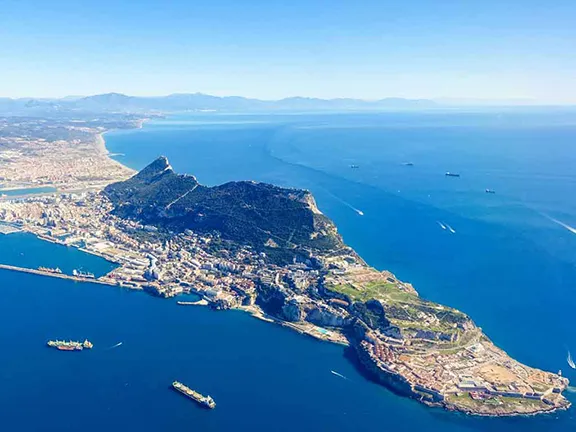 1: Defending Gibraltar in WWII
1: Defending Gibraltar in WWII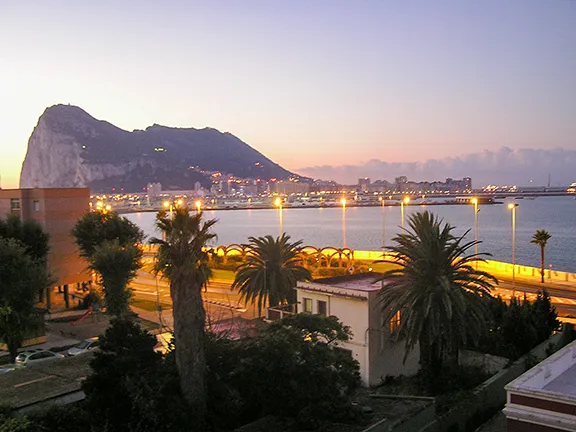 2: Operation Felix - Hitler's Plan to Capture Gibraltar
2: Operation Felix - Hitler's Plan to Capture Gibraltar 3: Operation Tracer - the Stay Behind Chamber
3: Operation Tracer - the Stay Behind Chamber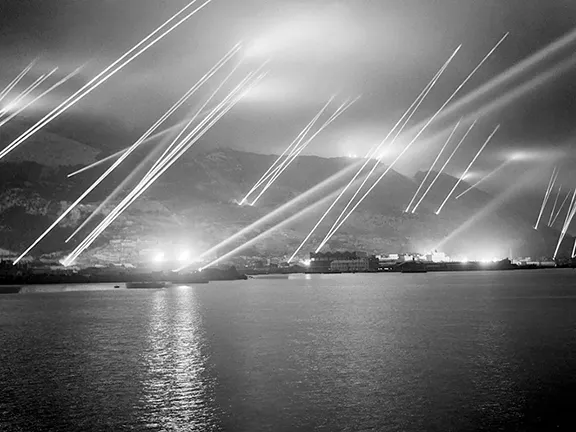 4: The WW II Evacuation of Gibraltar
4: The WW II Evacuation of Gibraltar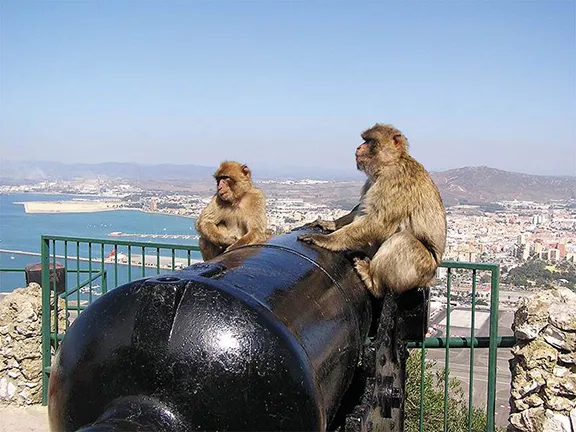 5: Gateway to Freedom for Escapers and Evaders
5: Gateway to Freedom for Escapers and Evaders 7: Covert Missions to France and North Africa
7: Covert Missions to France and North Africa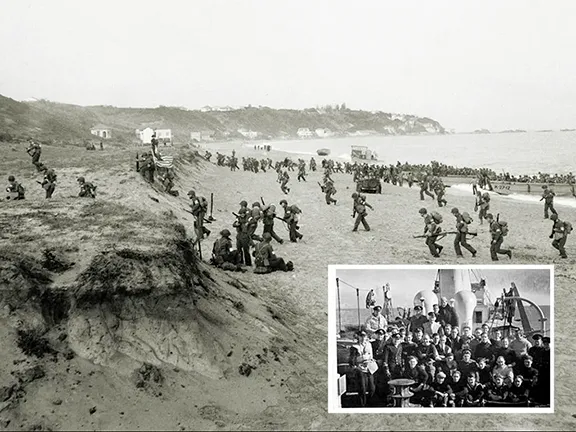 8: Letter from the Front - Personal Recollections
8: Letter from the Front - Personal Recollections 9: Operation Relator - SOE create mayhem in Gib
9: Operation Relator - SOE create mayhem in Gib 10: Operation Ursa Major - Prelude
10: Operation Ursa Major - Prelude 11: Operation Ursa Major - The Olterra
11: Operation Ursa Major - The Olterra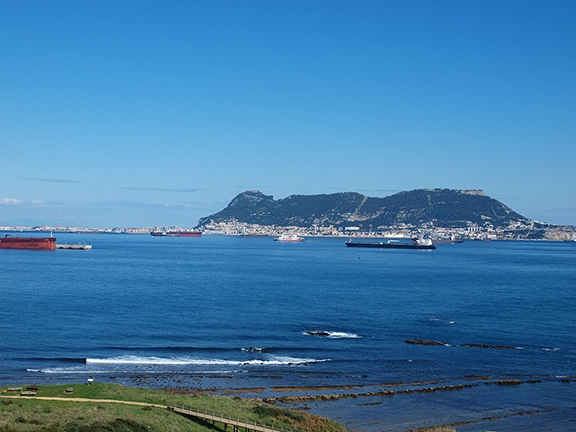 12: Operation Ursa Major - Execution
12: Operation Ursa Major - Execution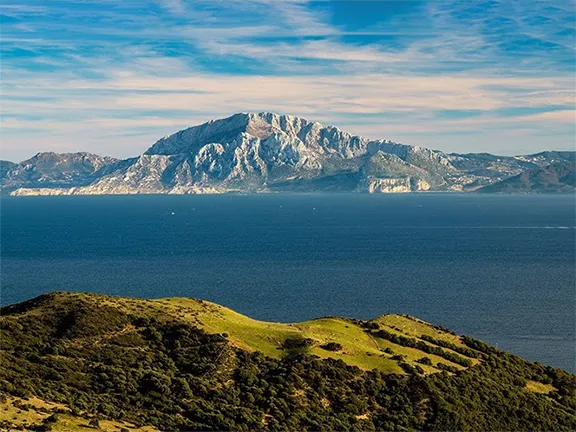 13: Operation Falaise - Zap a Nazi Spy Nest
13: Operation Falaise - Zap a Nazi Spy Nest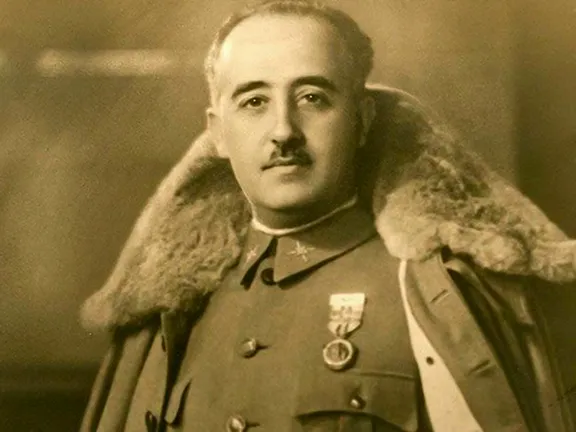 14: UK Policy towards Spain - Spanish Civil War
14: UK Policy towards Spain - Spanish Civil War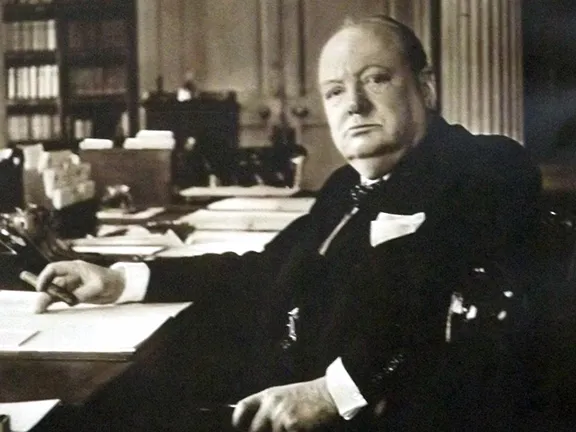 15: UK Policy towards Spain - 1940-1942
15: UK Policy towards Spain - 1940-1942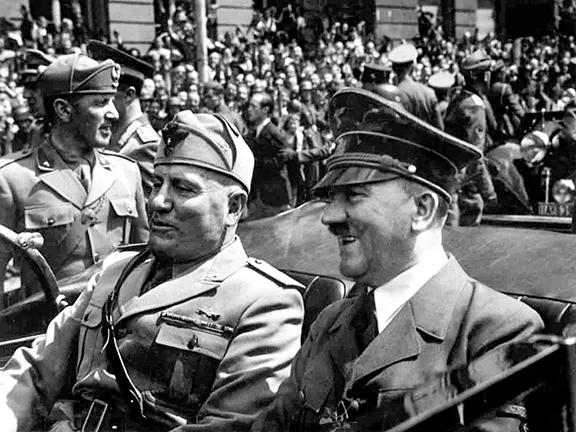 16: UK Policy towards Spain 1942 - 1945
16: UK Policy towards Spain 1942 - 1945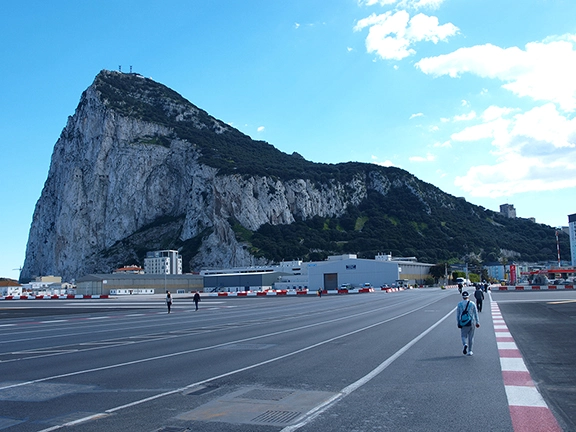 17: Abwehr Operations - Gibraltar WWII
17: Abwehr Operations - Gibraltar WWII 18: Counter Espionage - Gibraltar WWII
18: Counter Espionage - Gibraltar WWII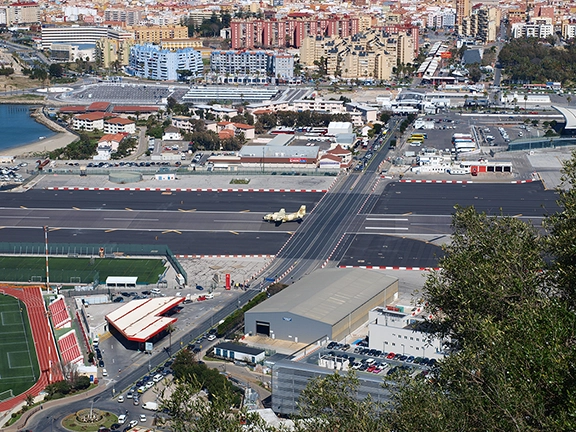 19: Operation Algeciras - 1982
19: Operation Algeciras - 1982